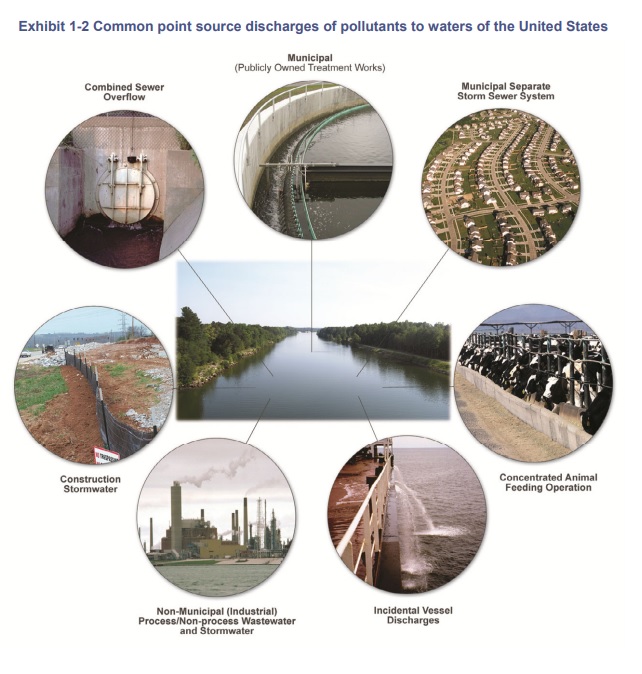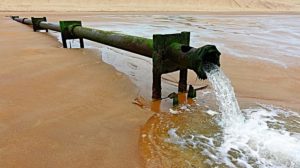Different chemicals pollute water. As a result, there isn’t one simple treatment or approach to providing healthy drinking water. Save the Water™ (STW™) will expand research and identification of toxic chemicals in water to a higher standard than current United States governmental regulations.
It is amazing the extent to which man-made chemicals are present in deep ground water aquifers, rivers, and lakes, which serve as the sources of our drinking water. Here are some of the toxins:
- chloroform
- industrial solvents
- refrigerants
- gasoline additives such as MTBE, PCBs, perchlorate, disinfectant bi-products (THMs)
- caffeine
- pharmaceuticals
- heavy metals (cadmium, lead, chromium)
- plasticizers
- degreasing agents and propellants
- oil, grease, suspended solids
All over the world, the same industries serve as sources of pollution. However, countries differ in the amount of regulations that individual countries enact to control industrial pollution. In the developing world, where regulations don’t exist or aren’t enforceable, uncontrolled disposal of chemicals, lack of sanitation, and wide spread pollution are having a health effect on its citizens. And even here in the United States where regulations are stringent, we find unacceptable levels of dangerous chemicals in our drinking water.

These are the sources that contribute to our water pollution problem:
- natural disasters
- chemical and petrochemicals
- paper products
- industrial laundries
- petroleum
- energy and power
- metals
- electronics
- mining
- storm water


